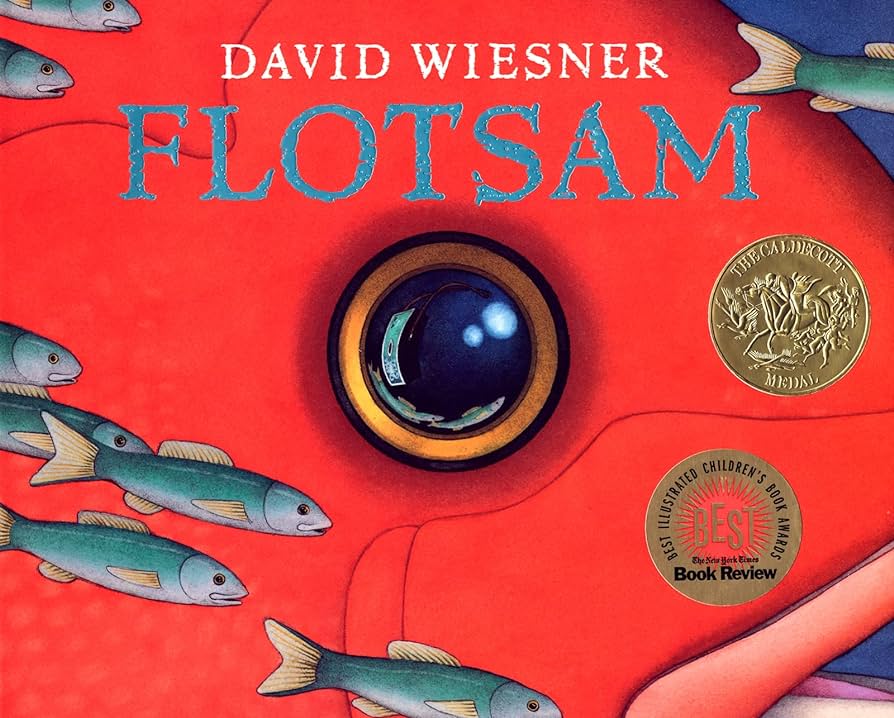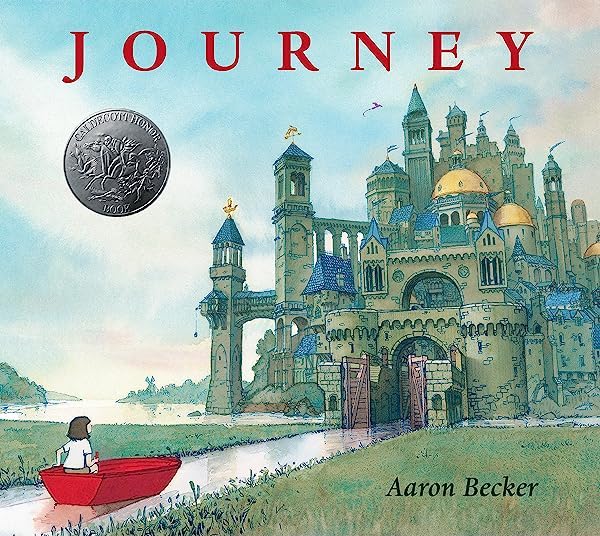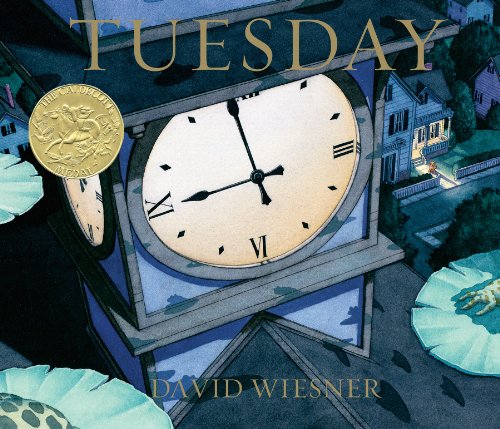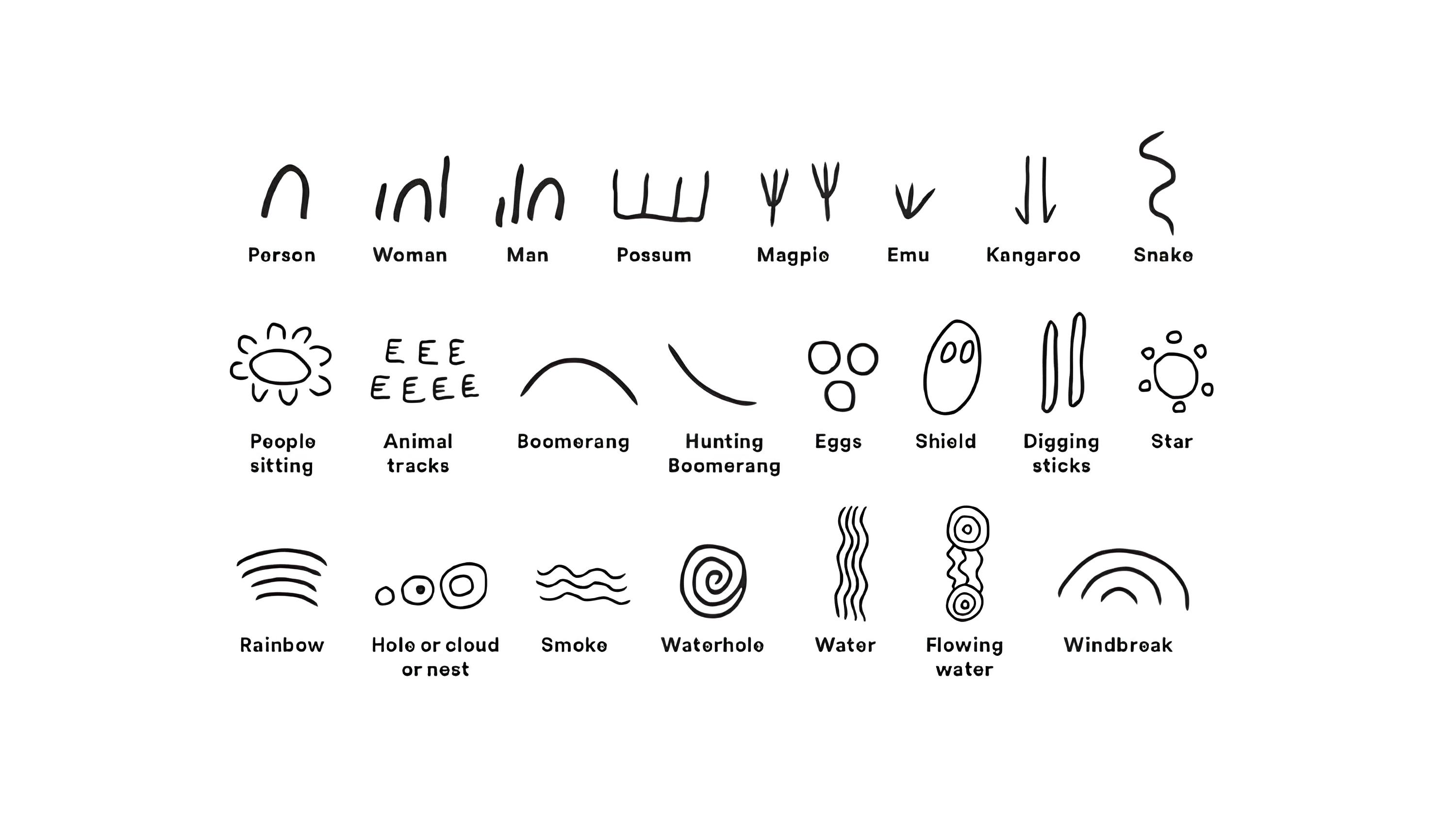Visual Storytelling
Share the wonder of visual storytelling with children using these imagery-based activities.
Wordless Books



Discuss
Group Storytelling

Share the wonder of visual storytelling with children using these imagery-based activities.



